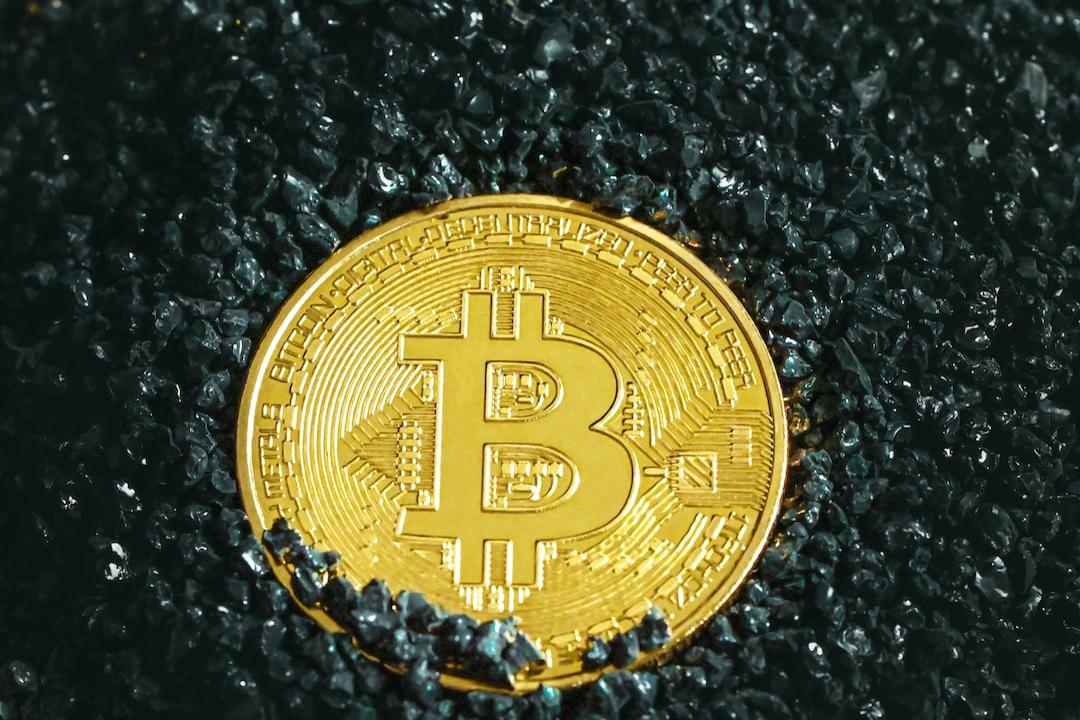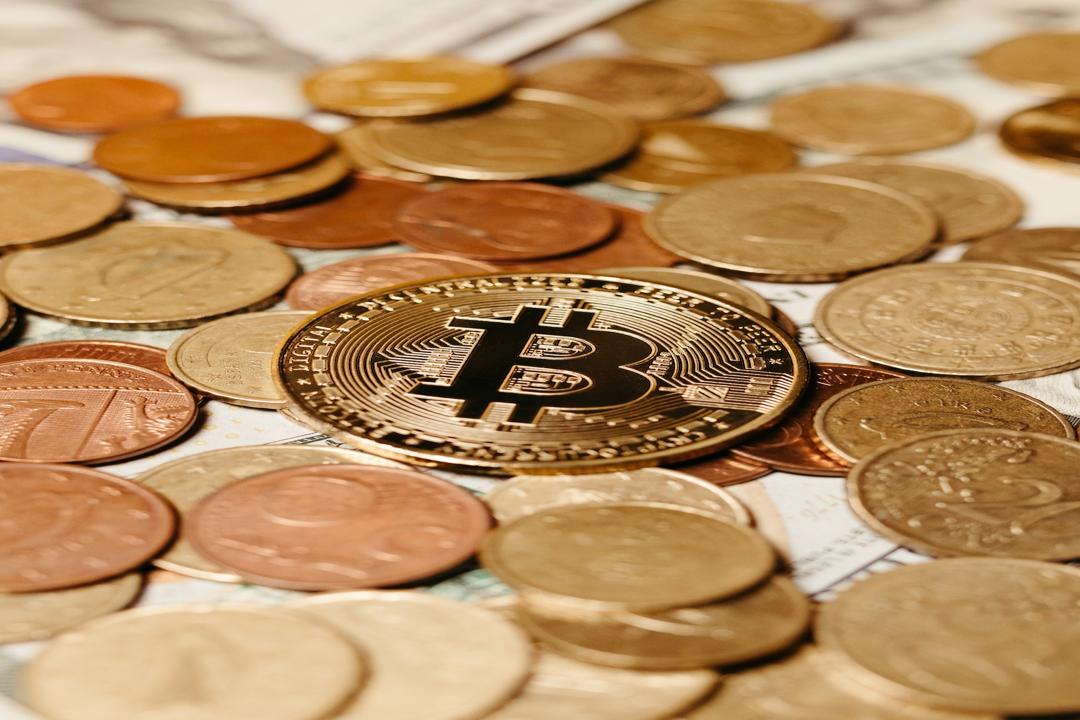Why is Ethereum Experiencing a “Unlocking Wave”?
As of mid-August 2025, the amount of Ethereum (ETH) awaiting unstaking has surged past 870,000 ETH, with a total value exceeding $3.8 billion, setting a record since the Celsius withdrawal event in January 2024. This large-scale unlocking has drawn significant market attention, raising the question of whether it is a case of profit-taking or institutional shifts. This article will dissect six key factors behind this phenomenon, as well as its potential impact on ETH prices and market dynamics.
Soaring Borrowing Rates Cause ETH Leverage Strategies to Fail
In mid-July, borrowing rates for ETH on decentralized finance (DeFi) platforms like Aave skyrocketed from 2-3% to 10%, directly rendering popular leverage staking (looping staking) strategies unattractive. This strategy originally involved borrowing ETH using staked Liquid Staking Tokens (LST) or Liquid Re-Staking Tokens (LRT) as collateral, and then staking again to amplify returns. However, when borrowing costs exceeded staking yields (with a negative spread of -2.25% during the week of July 21), many traders chose to exit early, unstaking and repaying loans, exacerbating the queue of validators exiting. Notably, HTX exchange-related wallets have withdrawn over 167,000 ETH from Aave since June 18, significantly impacting market supply.


LST and LRT Prices Decouple, Arbitrage Opportunities Surge
As leverage strategies were forced to unwind, liquid staking tokens like stETH began to decouple from ETH prices, trading below their actual ETH value. The unstaking process, which requires adhering to Ethereum’s queue system, led to liquidity tightening, prompting some traders to sell LST/LRT or engage in arbitrage: buying the decoupled tokens at lower prices and waiting to withdraw the full ETH upon unlocking. For instance, EtherFi’s single platform has accumulated approximately 20,000 ETH in withdrawal requests. Other major platforms such as Lido (285,000 ETH), EtherFi (134,000 ETH), and Coinbase (113,000 ETH) are also leading the unstaking wave.


Ethereum Doubles, Validators Lock in Profits
Since April 2024, the price of ETH has skyrocketed by over 160%, reaching an all-time high of $4,878. In light of such increases, many validators have chosen to unstake, taking profits. As of August 16, 2025, the total amount queued for unstaking has reached 855,158 ETH (approximately $3.7 billion), and has further increased to 877,106 ETH ($3.88 billion) within days, indicating a rising sentiment of profit-taking in the market.
Institutional Strategy Adjustments Do Not Equal Selling
Some unstaking is not aimed at selling but rather at reallocating funds. For example, transferring ETH to higher-yielding DeFi protocols, switching to other validator operators, or consolidating nodes for efficiency improvements. This wave of strategic adjustments has also attracted institutional attention: companies such as SharpLink Gaming and Bitmine Technologies have increased their holdings in ETH, with 23 institutions cumulatively purchasing over 681,103 ETH ($2.57 billion) since July, reflecting ongoing confidence in ETH’s long-term prospects.
Preparing for ETH Staking ETFs
Investors anticipate that the U.S. Securities and Exchange Commission (SEC) may approve ETH staking ETFs as early as October 2025. This could prompt some validators to unstake in advance, shifting towards more compliant and transparent staking products. For institutions and retail investors looking to invest in ETH through traditional financial channels, ETFs will represent an important entry point.
Network Design Limitations Cause Queue Bottlenecks
Ethereum’s Proof of Stake (PoS) mechanism allows only 8-10 validators to exit per epoch (approximately 6.4 minutes) to ensure network stability. Consequently, when the demand for unstaking surges, the waiting time becomes significantly prolonged. As of mid-August 2025, the exit waiting time has reached 15 days, a new high for the year, second only to the six-day queuing period triggered by the withdrawal of 550,000 ETH in January 2024.
Despite Selling Pressure Concerns, Market Liquidity Remains Strong
Although a large amount of ETH awaiting unstaking may create selling pressure, market performance has remained relatively robust. ETFs continue to see daily inflows of up to $400 million to $1 billion, with net inflows of $160 million in July and only a single instance of $500 million outflow on August 5. On the other hand, the demand for ETH staking remains strong, with over 450,000 ETH entering the validator queue daily since June, even surpassing the amount being unstaked. According to the latest data, approximately 29.5% of circulating ETH (around 35.3 million to 35.7 million ETH) is currently staked, indicating that the overall network is still functioning well.
ETH Price Outlook: Will it Hold Above $4,200 and Reach $5,000?
ETH is currently trading at approximately $4,500, down 7% from its 2025 peak. From a technical perspective, $4,200 is a key support level; if breached, it may test the $3,900 to $4,100 range. However, if ETF funds continue to flow in, it could propel prices between $5,000 and $5,200. Notably, on August 6, there was a negative buy-sell imbalance of 116,000 ETH (net selling pressure of -$418 million), marking the second-highest in history. Nonetheless, corporate treasuries currently hold a total of 966,000 ETH, an eightfold increase since the beginning of the year, reflecting long-term investors’ ongoing confidence in ETH’s prospects.
Risk Warning
Investing in cryptocurrencies carries a high level of risk, and their prices can be highly volatile. You may lose your entire principal. Please assess risks carefully.

